According to Microsoft’s recent research, we apparently have a prolonged attention span of a whopping eight seconds. In comparison, goldfish have an attention of nine seconds. How can this be? There’s no way in hell that we’re dumber than goldfish. Well, the facts say otherwise. With the rise of ADHD diagnoses and an exponential increase in attention deficit medication prescriptions, it is evident that social media is taking its toll on our brains. However, don’t be alarmed! Although there is an incredibly sad decline in our prolonged attention spans, there is good news. We have developed new skills as a result: multitasking and filtering.
It only makes sense that our attention spans have shortened. Tweets have a maximum 140-character limit, Vines have a max video length of six seconds and Snapchats max out at 10 seconds. We’re constantly scrolling through our different feeds, half-reading all the content we see. Maybe not even half. I know that I hardly read any Instagram captions, especially those excruciatingly long @humansofny ones. Despite your refusal to believe that the attention span of the human race scores lower than that of goldfish, this digital society we live in conditions our brains to concentrate only for short periods of time. Consequently, this leads to difficulty in prolonged attention spans.
The effects of over consumption of social media? The age group between 18-34 years have the lowest sustained attention spans, concluding that digital lifestyles have a negative impact on attention span. However, neuro-readings demonstrate that higher usage of social media increases short bursts of high attention, as opposed to a sustained attention span. This leads to the glimmer of positive effects. Millennials have an incredible ability to sift through what we want to engage with and what we don’t want to engage with. Our brains actively select which statuses or tweets we want to read and experts say that this filtering mechanism is a benefit, because we need less to process and commit things to memory. Another silver lining from active social media lifestyles is that it builds alternating attention, aka multi-tasking. How often do you find yourself having several tabs pulled up? Or how about when you double-click the home button on your iPhone and multiple apps are always running? This leads to our amazing ability to have multiple conversations not only with multiple people, but even with the same person on several different media platforms.
So to answer my initial question—is social media deteriorating our attention spans?—yes. It is. We can’t sit and pay attention for long in one sitting like we used to. That’s okay. I believe that our brains are learning to adapt to how technology is evolving, which is not necessarily a bad thing. We are seeing institutional changes as a result of this shift. Colleges and universities are starting to move from long lectures into breaking up the class period into lecture and discussions. This is to stimulate our brains, actively engaging in different ways to keep us thinking. The professional world is starting to build offices with a more open concept, to instigate discussions and conversations with other colleagues. Furthermore, offices are creating snack and leisure spaces to facilitate necessary breaks. So yes, we can’t pay attention for long but it’s not the end of the world.

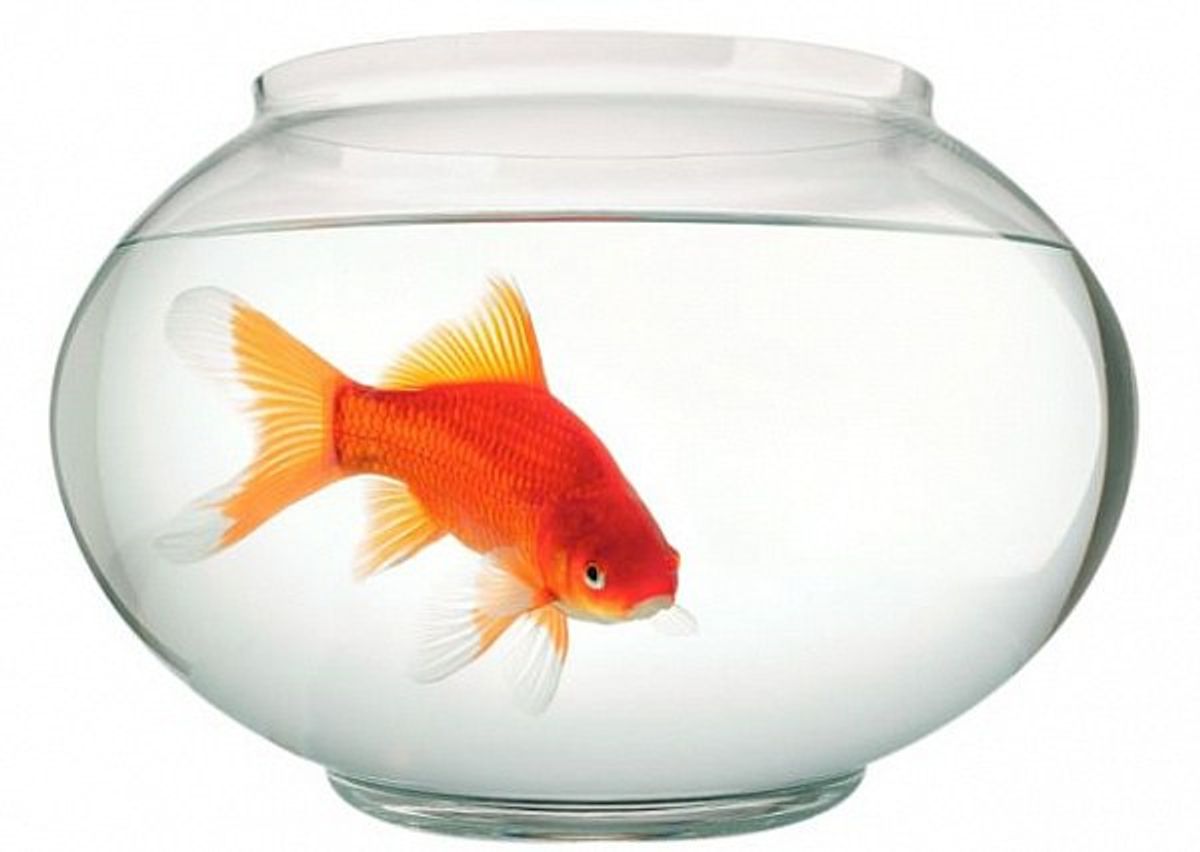

 women in street dancing
Photo by
women in street dancing
Photo by  man and woman standing in front of louver door
Photo by
man and woman standing in front of louver door
Photo by  man in black t-shirt holding coca cola bottle
Photo by
man in black t-shirt holding coca cola bottle
Photo by 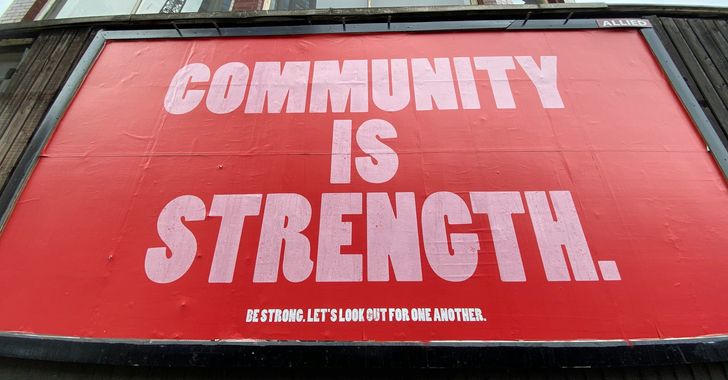 red and white coca cola signage
Photo by
red and white coca cola signage
Photo by  man holding luggage photo
Photo by
man holding luggage photo
Photo by  topless boy in blue denim jeans riding red bicycle during daytime
Photo by
topless boy in blue denim jeans riding red bicycle during daytime
Photo by  trust spelled with wooden letter blocks on a table
Photo by
trust spelled with wooden letter blocks on a table
Photo by 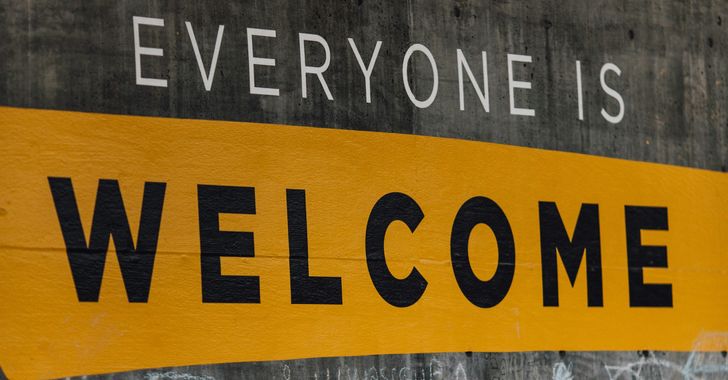 Everyone is Welcome signage
Photo by
Everyone is Welcome signage
Photo by  man with cap and background with red and pink wall l
Photo by
man with cap and background with red and pink wall l
Photo by 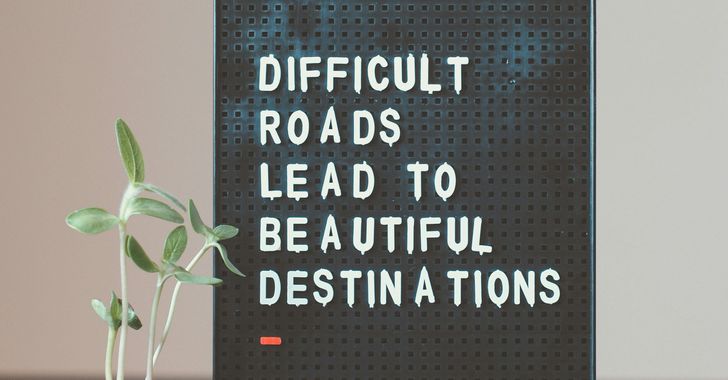 difficult roads lead to beautiful destinations desk decor
Photo by
difficult roads lead to beautiful destinations desk decor
Photo by  photography of woman pointing her finger near an man
Photo by
photography of woman pointing her finger near an man
Photo by  closeup photography of woman smiling
Photo by
closeup photography of woman smiling
Photo by 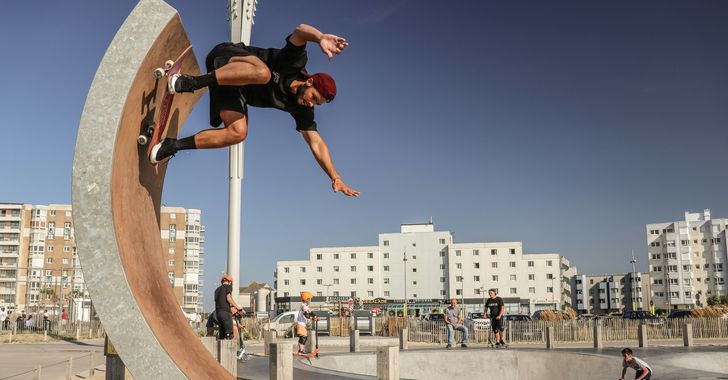 a man doing a trick on a skateboard
Photo by
a man doing a trick on a skateboard
Photo by  two men
two men  running man on bridge
Photo by
running man on bridge
Photo by  orange white and black bag
Photo by
orange white and black bag
Photo by  girl sitting on gray rocks
Photo by
girl sitting on gray rocks
Photo by 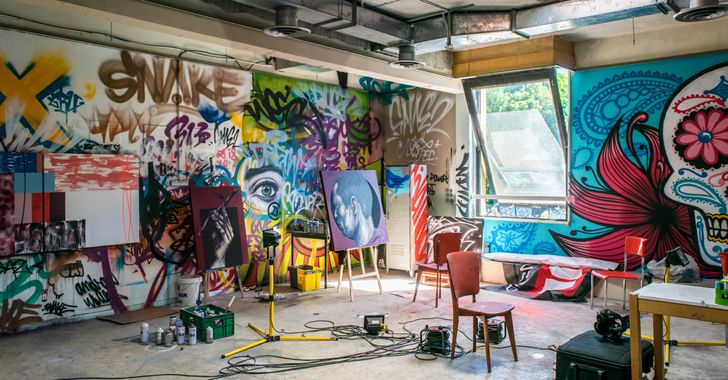 assorted-color painted wall with painting materials
Photo by
assorted-color painted wall with painting materials
Photo by  three women sitting on brown wooden bench
Photo by
three women sitting on brown wooden bench
Photo by 
 Photo by
Photo by  Photo by
Photo by  Photo by
Photo by  Photo by
Photo by 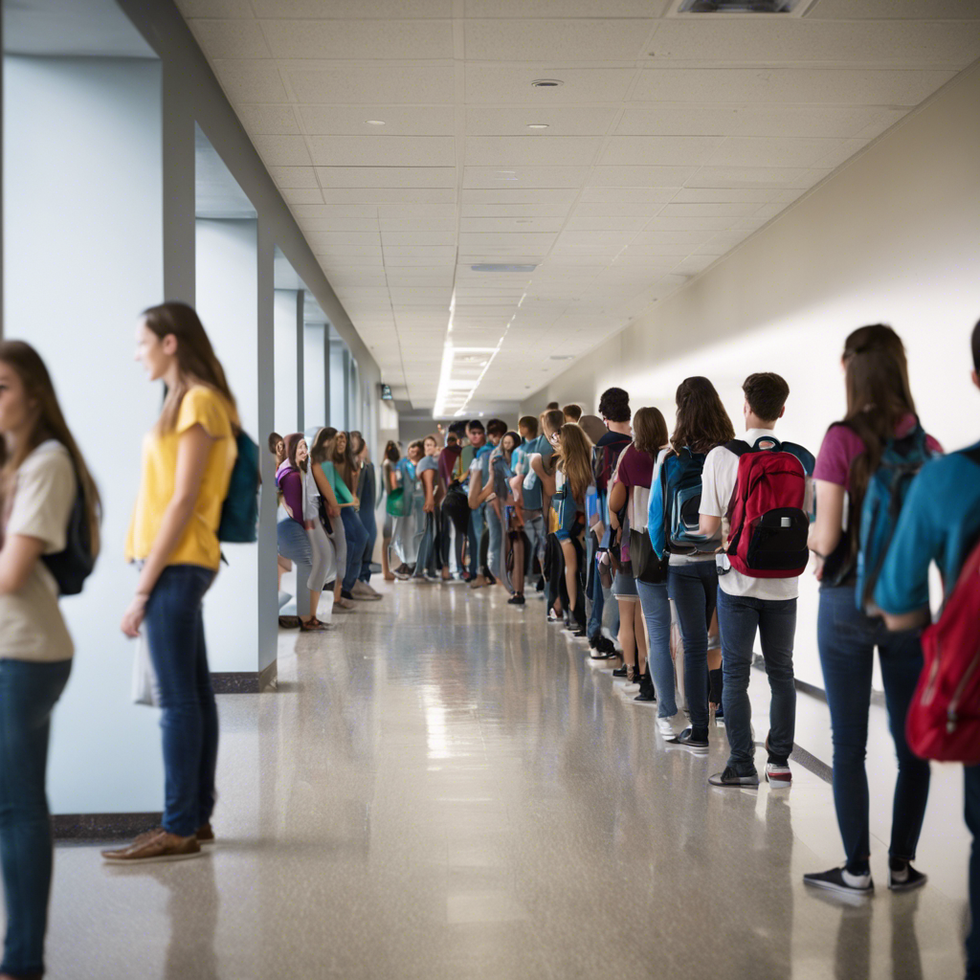
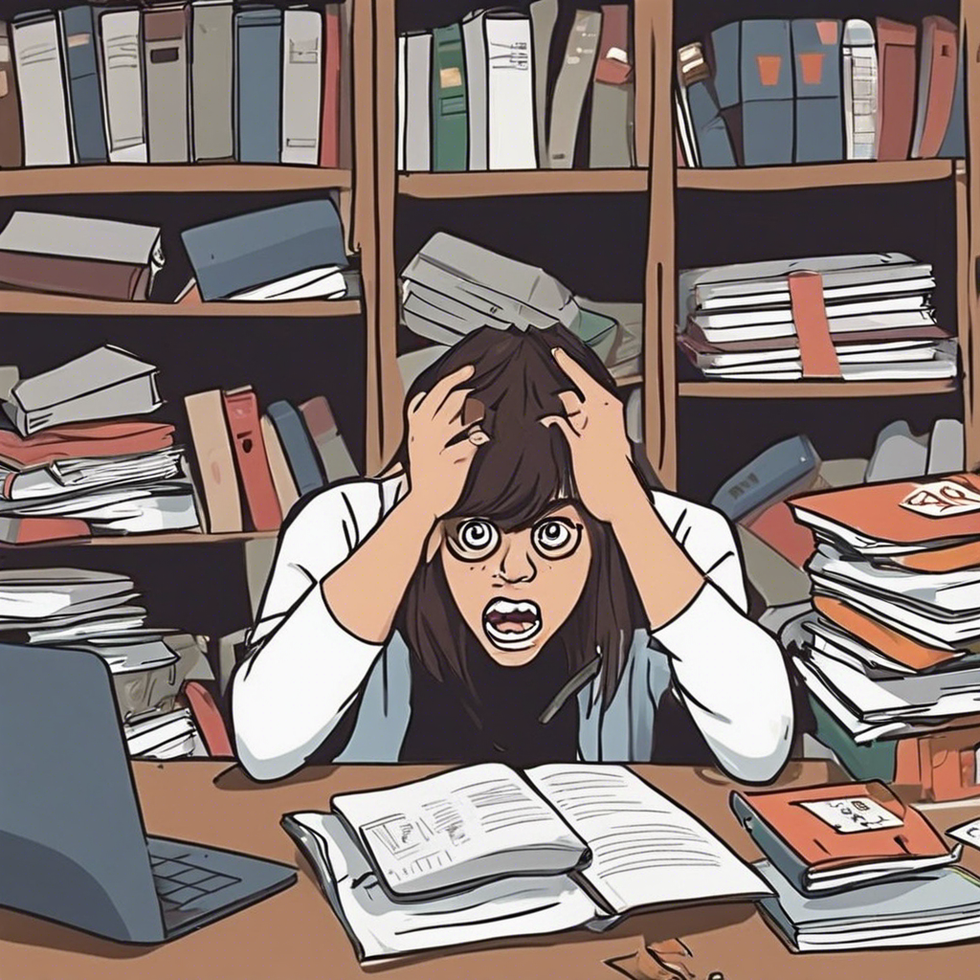
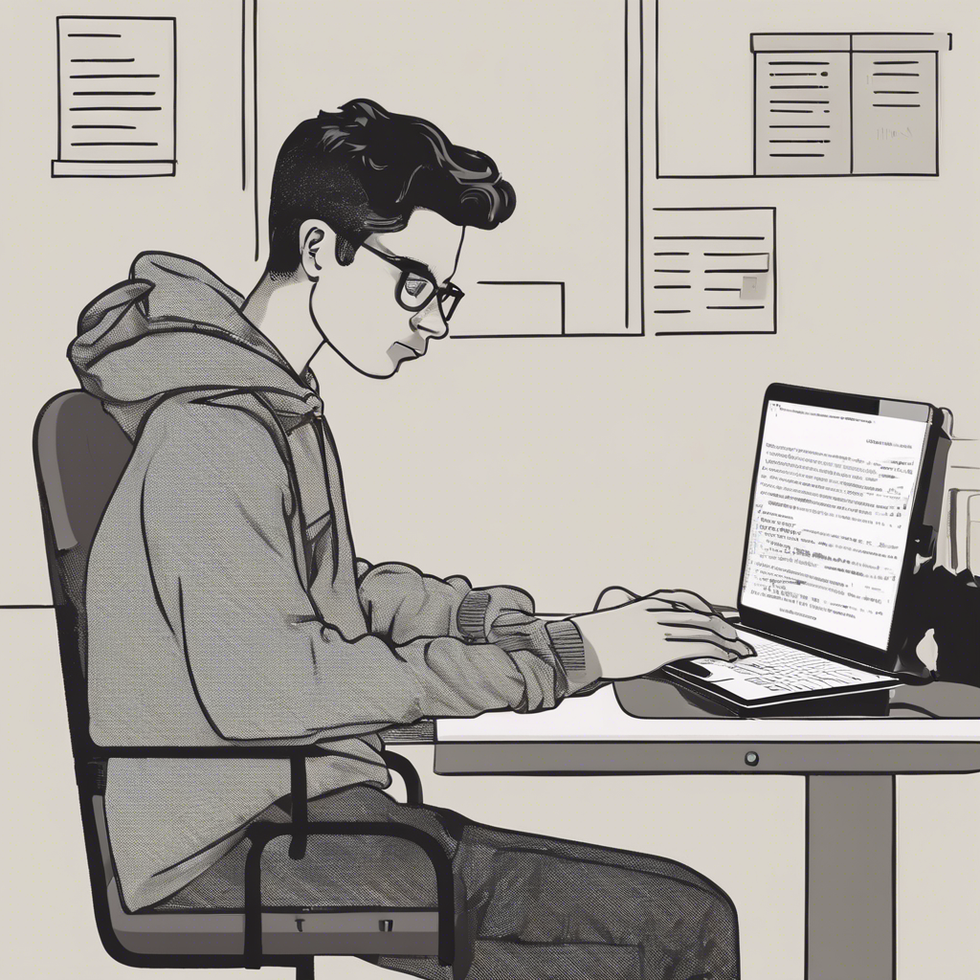
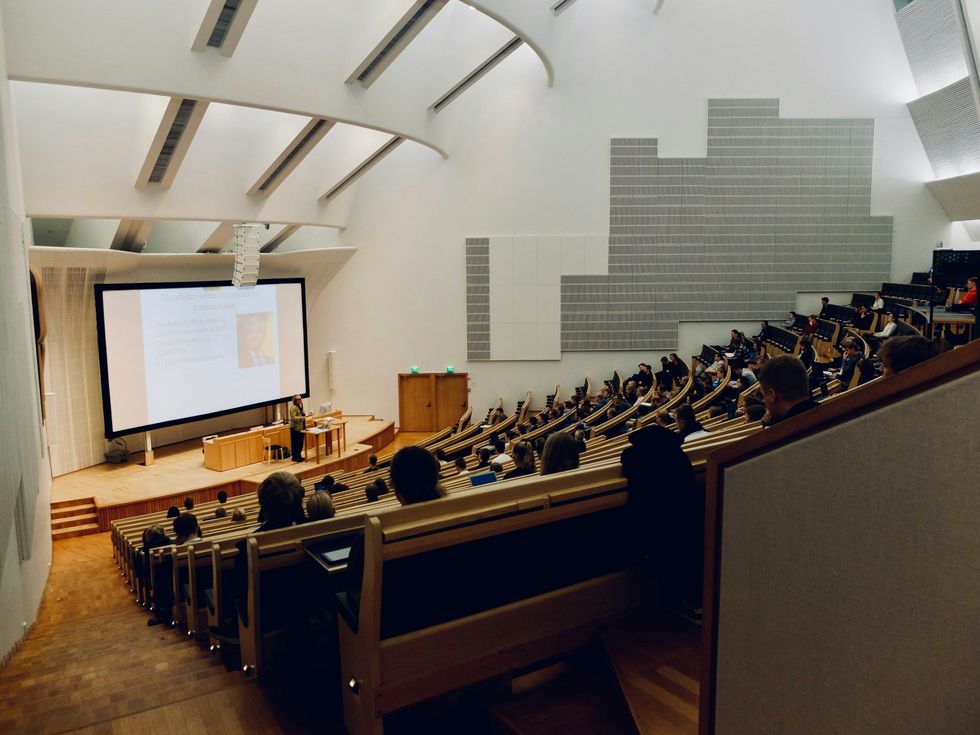 people sitting on chair in front of computer
people sitting on chair in front of computer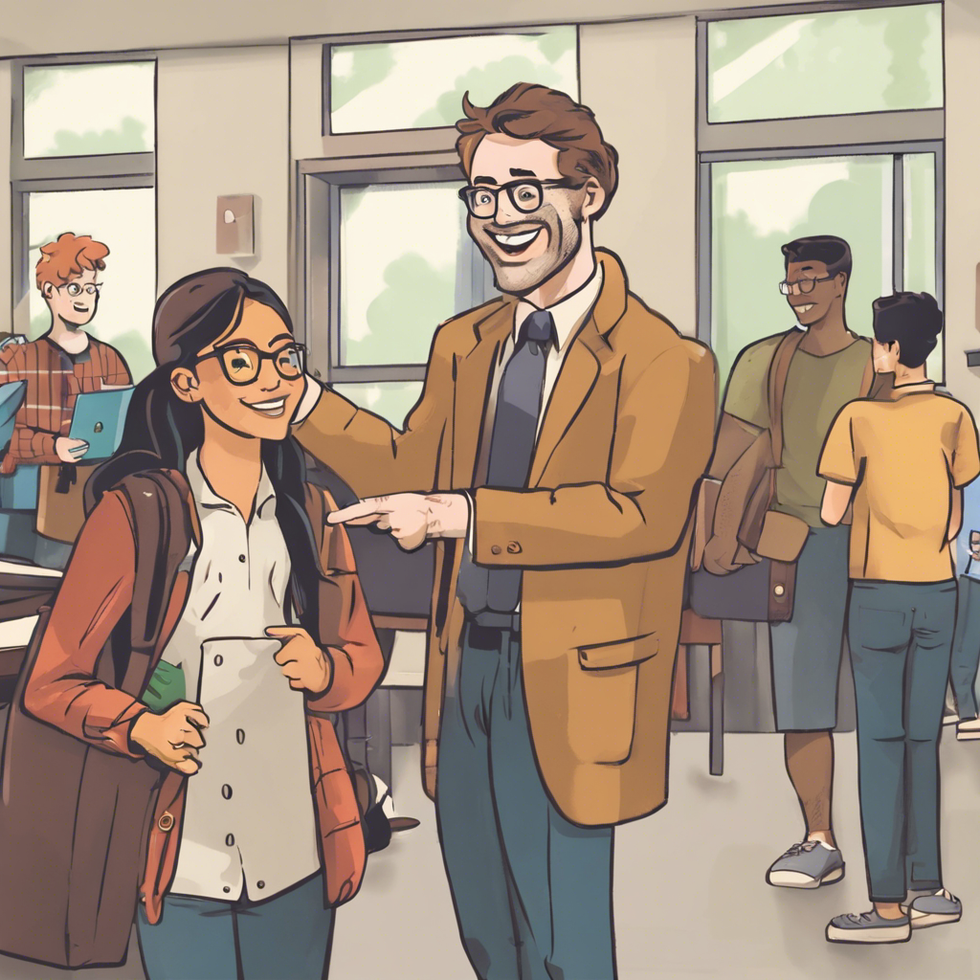
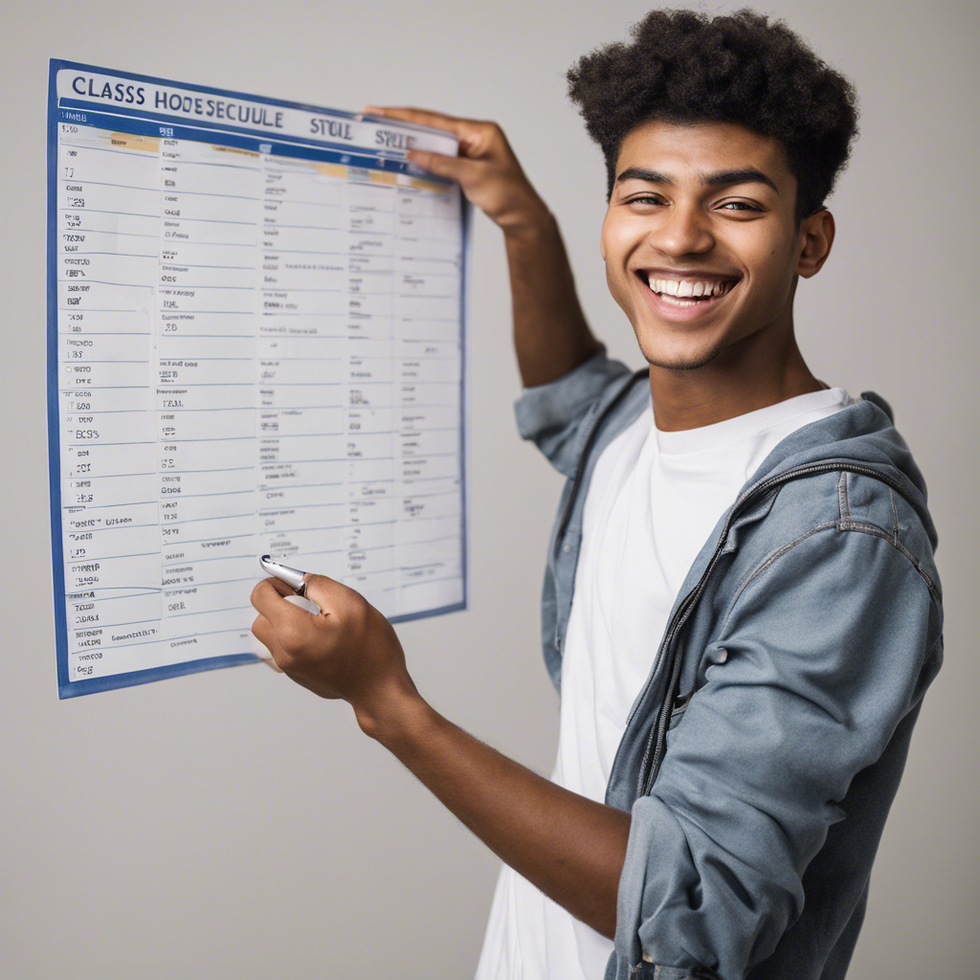
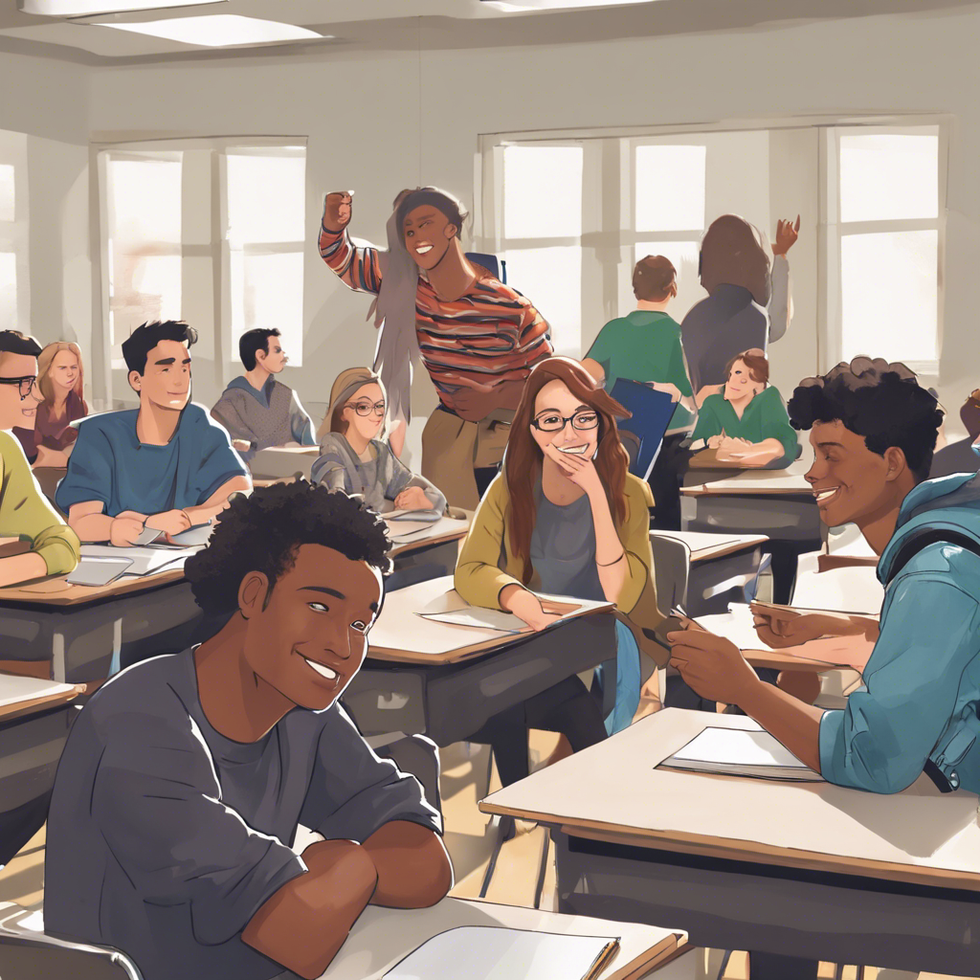

 all stars lol GIF by Lifetime
all stars lol GIF by Lifetime two women talking while looking at laptop computerPhoto by
two women talking while looking at laptop computerPhoto by 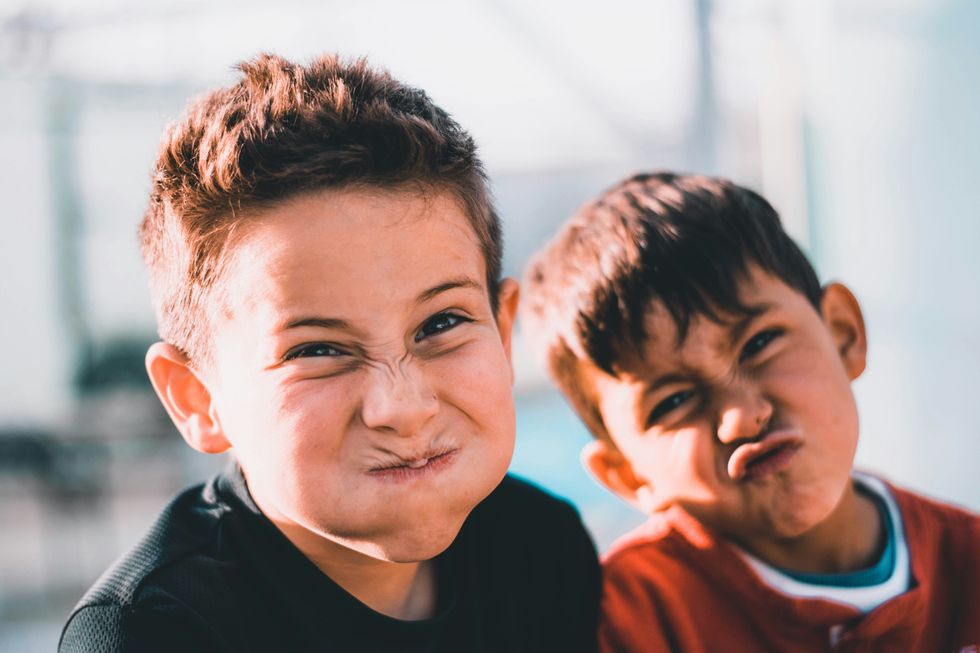 shallow focus photography of two boys doing wacky facesPhoto by
shallow focus photography of two boys doing wacky facesPhoto by  happy birthday balloons with happy birthday textPhoto by
happy birthday balloons with happy birthday textPhoto by 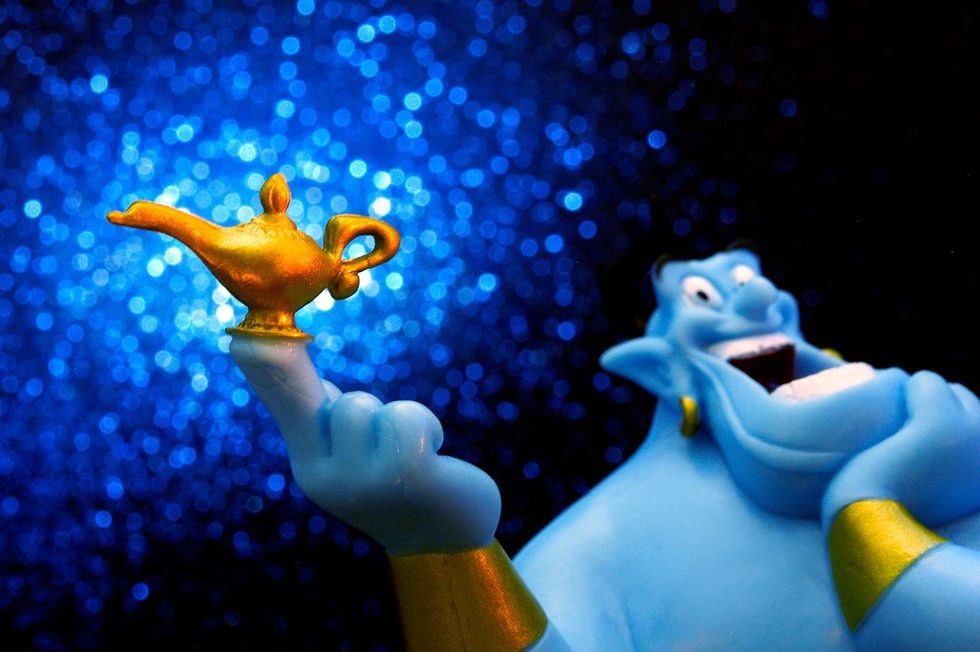 itty-bitty living space." | The Genie shows Aladdin how… | Flickr
itty-bitty living space." | The Genie shows Aladdin how… | Flickr shallow focus photography of dog and catPhoto by
shallow focus photography of dog and catPhoto by  yellow Volkswagen van on roadPhoto by
yellow Volkswagen van on roadPhoto by 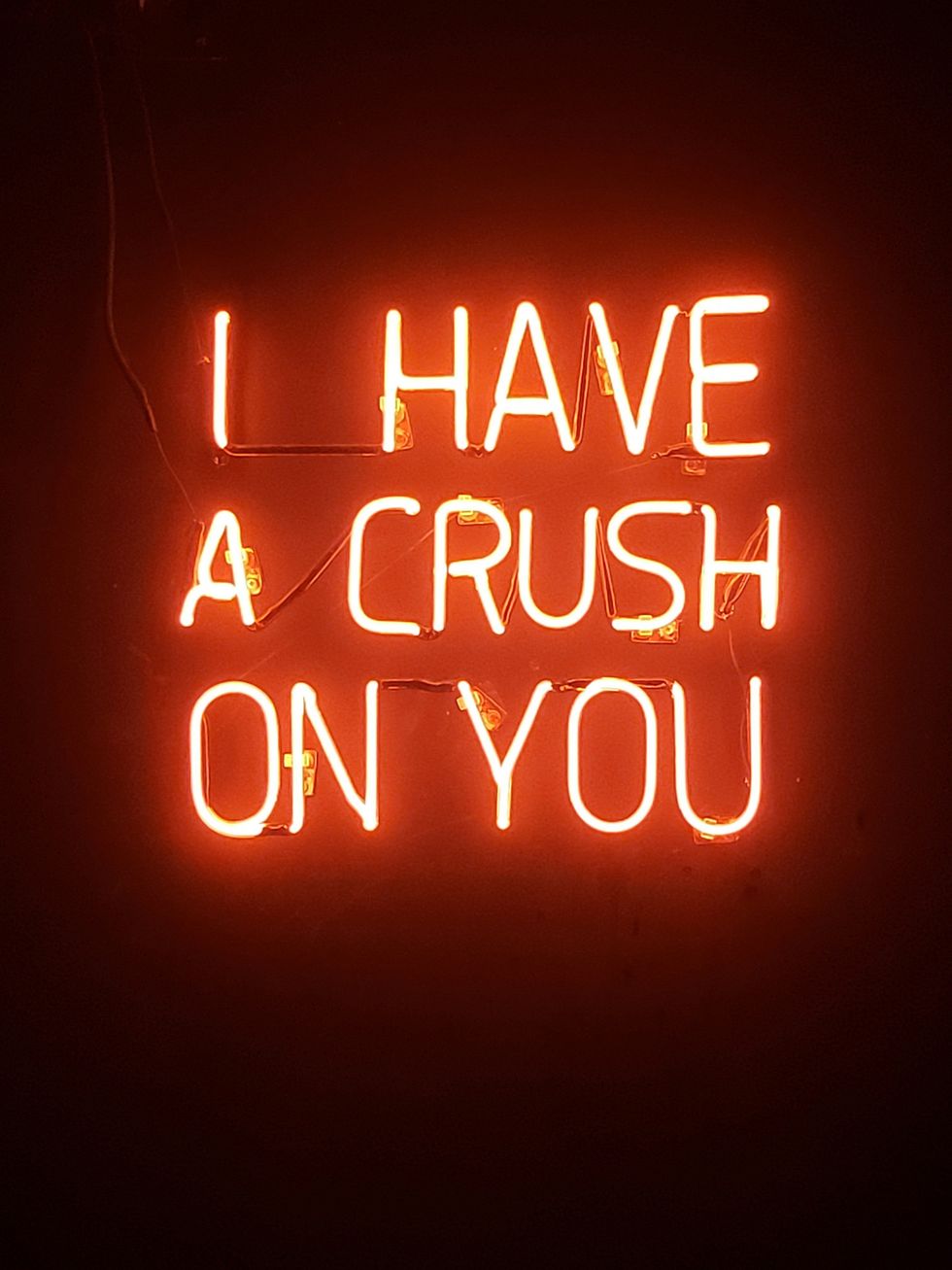 orange i have a crush on you neon light signagePhoto by
orange i have a crush on you neon light signagePhoto by 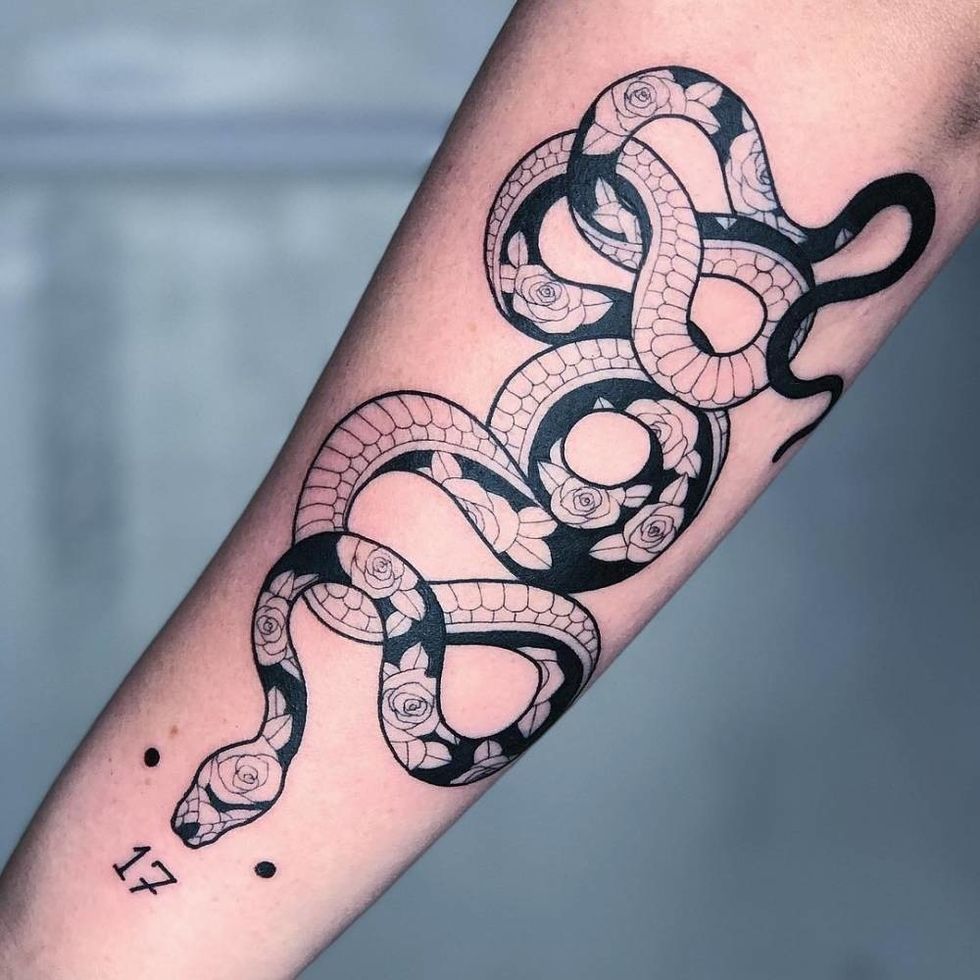 5 Tattoos Artist That Will Make You Want A Tattoo
5 Tattoos Artist That Will Make You Want A Tattoo woman biting pencil while sitting on chair in front of computer during daytimePhoto by
woman biting pencil while sitting on chair in front of computer during daytimePhoto by 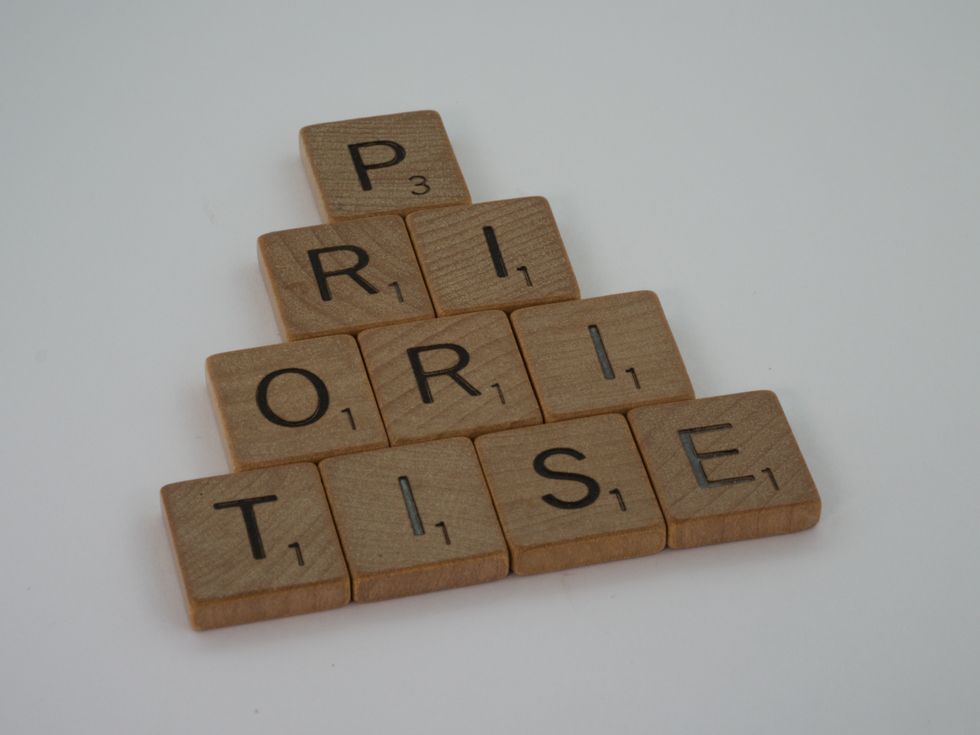 a scrabbled wooden block spelling the word prizePhoto by
a scrabbled wooden block spelling the word prizePhoto by 
 StableDiffusion
StableDiffusion
 StableDiffusion
StableDiffusion
 StableDiffusion
StableDiffusion









